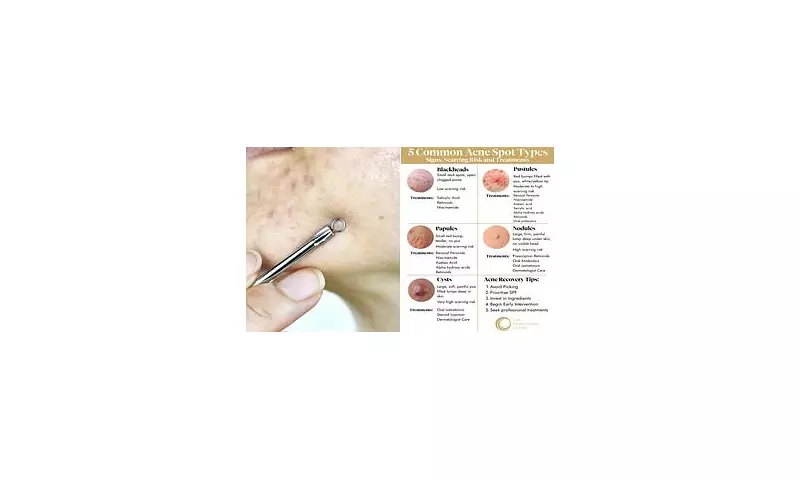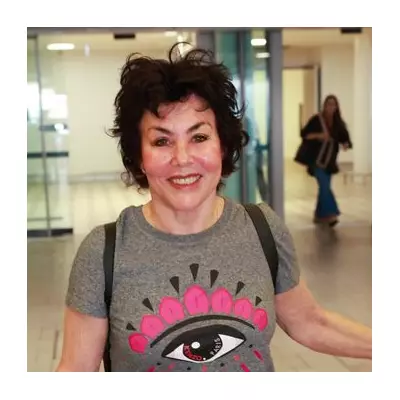
A stark health warning is circulating from medical professionals after a viral TikTok trend highlighted a potentially deadly everyday habit: popping pimples. Surgeons are specifically targeting a zone on the face known as the 'danger triangle', urging extreme caution.
What Is The 'Danger Triangle'?
The danger triangle is a specific area of your face that runs from the corners of your mouth to the bridge of your nose. This region is considered medically perilous because of its unique and direct blood vessel connection to the brain.
Why Is It So Dangerous?
Popping a pimple in this zone isn't just a skincare mishap—it can be a medical emergency. Compressing a blemish forces bacteria deep into the skin. Due to the unique venous drainage in this area, this bacteria can then travel directly back towards the brain.
This can trigger a catastrophic chain of events, including:
- Cavernous Sinus Thrombosis (CST): A rare but life-threatening blood clot in the cavernous sinuses, large chambers at the base of the brain that drain deoxygenated blood.
- Meningitis: A serious infection causing inflammation of the protective membranes surrounding the brain and spinal cord.
- Brain Abscess: A collection of pus that can form in the brain as a result of the infection.
The Symptoms To Watch For
If you have popped a pimple in this area and begin to feel unwell, seek immediate medical attention. Warning signs include:
- Intense, throbbing headache
- Swelling or severe pain around the eyes
- High fever
- Blurred or double vision
- Stiff neck
- Confusion or seizures
Expert Advice From The NHS
The consensus from dermatologists and surgeons is clear: resist the urge to pop. Instead, they recommend applying a warm compress to reduce inflammation and using targeted over-the-counter treatments containing salicylic acid or benzoyl peroxide. For persistent or severe acne, the best course of action is always to consult a GP or a dermatologist for a safe and effective treatment plan.
This urgent warning serves as a critical reminder that some viral trends can have very real and dangerous consequences, turning a common grooming habit into a potential medical crisis.





